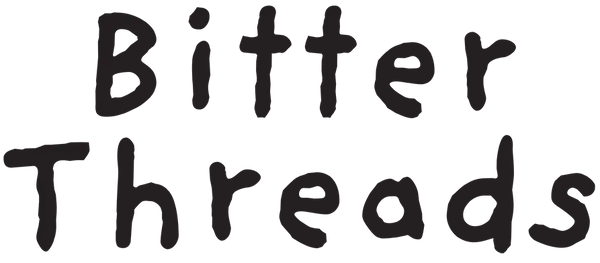Ah, the sweet irony of peaceful protests—like knitting a cozy blanket while the world’s on fire. But this blanket is made to put out the fire. But how?
Historical Examples
When it comes to peaceful protests, two shining examples stand out: Gandhi’s independence movement in India and the American civil rights movement led by Martin Luther King Jr. These movements didn’t just knit the fabric of change; they wove entire quilts of transformation. Gandhi, with his simple loincloth and unwavering leadership spun a movement that unshackled India from British rule. His quiet resolve was mightier than the sword, demonstrating the sheer power of peaceful resistance. Similarly, Martin Luther King Jr. shared his dream, marched, spoke and led a movement that dismantled segregation and galvanized civil rights in America.
A Soft Power Play
The beauty of peaceful protests lies in their moral authority. By refusing to descend into violence, protesters maintain the high ground, appealing to the better angels of our nature. This approach garners broader support, drawing in those who might be alienated by more aggressive tactics. It’s like knitting a scarf of solidarity—each row brings in more allies, each stitch a testament to shared humanity. Nonviolence is not just a strategy; it’s a statement, a soft power play that resonates far and wide. How is media going to spin a knitting circle into a destructive force? I mean maybe they can find a way. Those needles are sharp!
Look at these latest protests in support of Gaza. When people reading the media and watching video all they saw was the graffiti and the garbage and destruction left behind it weakened the original message and desire to save the Palestinian people from being slaughtered. It allowed opponents to twist that message to their advantage.
Coalition Building: Unity in Diversity
Peaceful protests are the ultimate knitting circle, uniting diverse groups under a common banner. They create a space where differences are woven into a cohesive whole, where the yarns of varied backgrounds and beliefs come together in a single, unbreakable fabric. Violent tactics might tear at the seams, but peaceful protests sew up those divides, creating a patchwork quilt of solidarity.
Sustained Impact: The Long Game
There's no question that afte centuries of slavery, segregation, and systemic racism that have never been fully addressed, the frustration in Black communities has understandably boiled over into violent protests after countless peaceful pleas for justice were ignored. But let’s be clear—if you're white and getting violent, you’re not helping; you’re just adding to the chaos.
When Black communities riot, it’s a raw, visceral response to extreme injustice—often sparked by incidents like police brutality that are ignored or mishandled by authorities. It’s not about wanting chaos; it’s about sheer survival and screaming out against a system that continually devalues Black lives.
White people, on the other hand, usually have more access to the levers of power—whether it’s political, social, or economic. They often have the privilege of being heard through peaceful means. When white folks riot, it’s seen as less justifiable because they generally have more channels available to effect change without resorting to violence. Plus, it can detract from and overshadow the legitimate grievances of marginalized groups, muddying the message and undermining solidarity.
So, while the frustration and anger driving both groups can be intense and valid, the context and societal response are different. If you're passionate about change, peaceful protest is the way to go. Use your privilege to amplify the voices of those who’ve been silenced for too long, not to add more noise to the chaos.
The Vision of 'Knot On My Watch: Knitters Who Protect'
Imagine this: a battalion of children, mothers, fathers, and grandparents sitting in a circle or a line, their knitting needles clicking rhythmically as they work together. Their hands weave colorful threads into patterns that symbolize unity and resilience.
Inspired by the Craftivist Collective’s manifesto, these fearless knitters would create a circle of protection and solidarity with every stitch. They’d teach knitting, build community, and stand firm in their nonviolent stance, proving that you don’t need a sword when you have a crochet hook.
Let's gather children, mothers, fathers, and grandparents to sit in circles or lines, knitting together in a display of gentle defiance and creative activism. Each stitch we make symbolizes our unity and commitment to safeguarding our resources. Join the global movement where our knitting needles become tools for change and our knitted creations stand as symbols of our collective strength. Start your own craftivism 'Knot On My Watch' group today and be a part of this powerful and peaceful protest.


